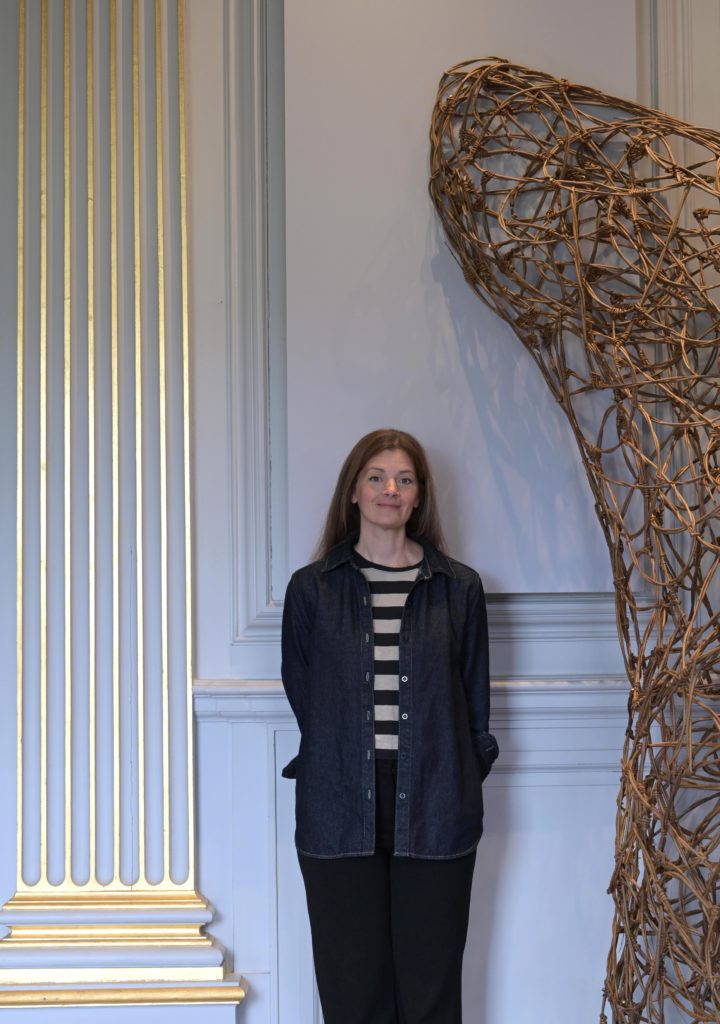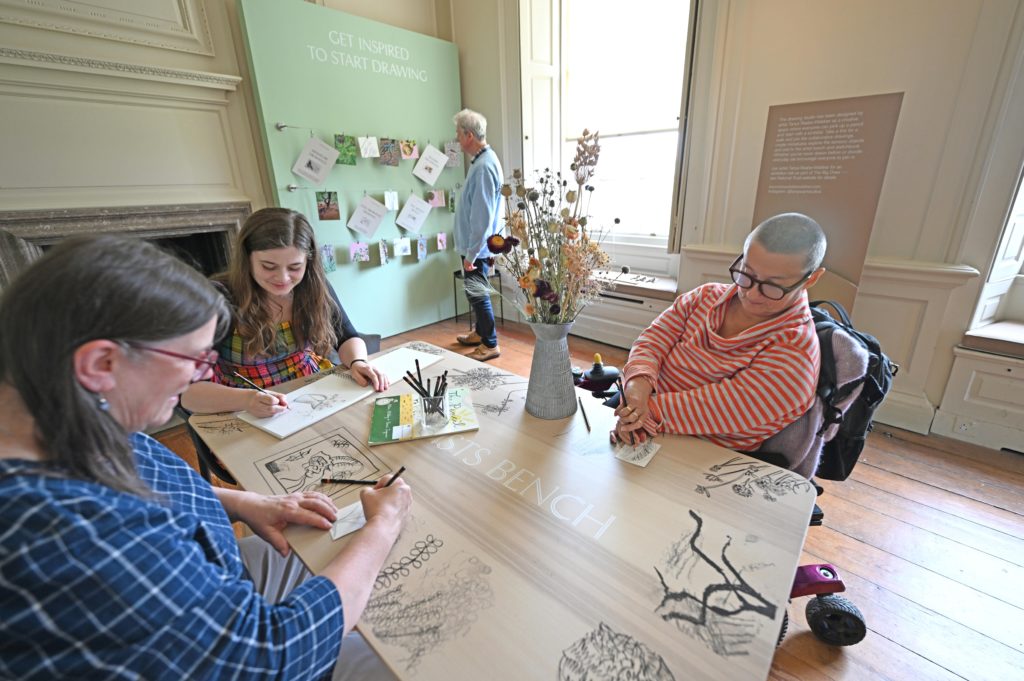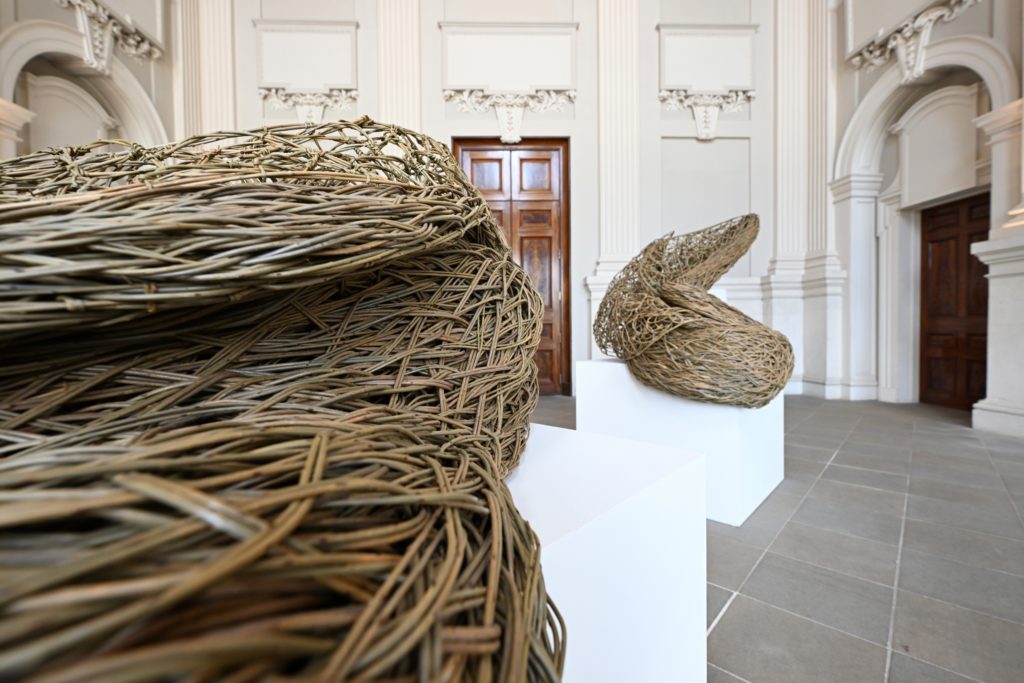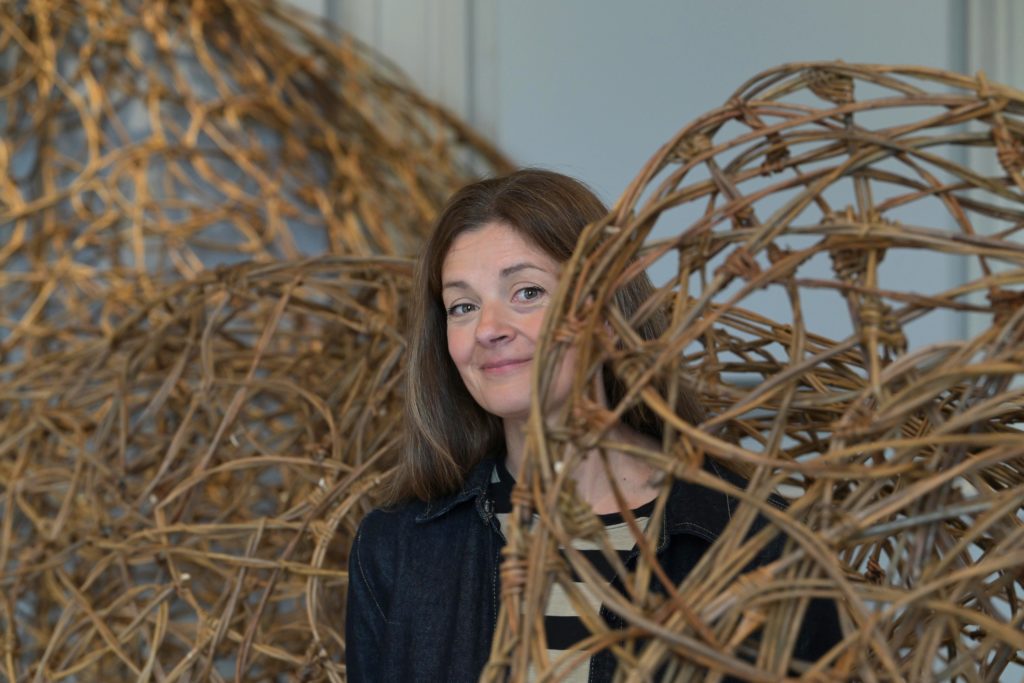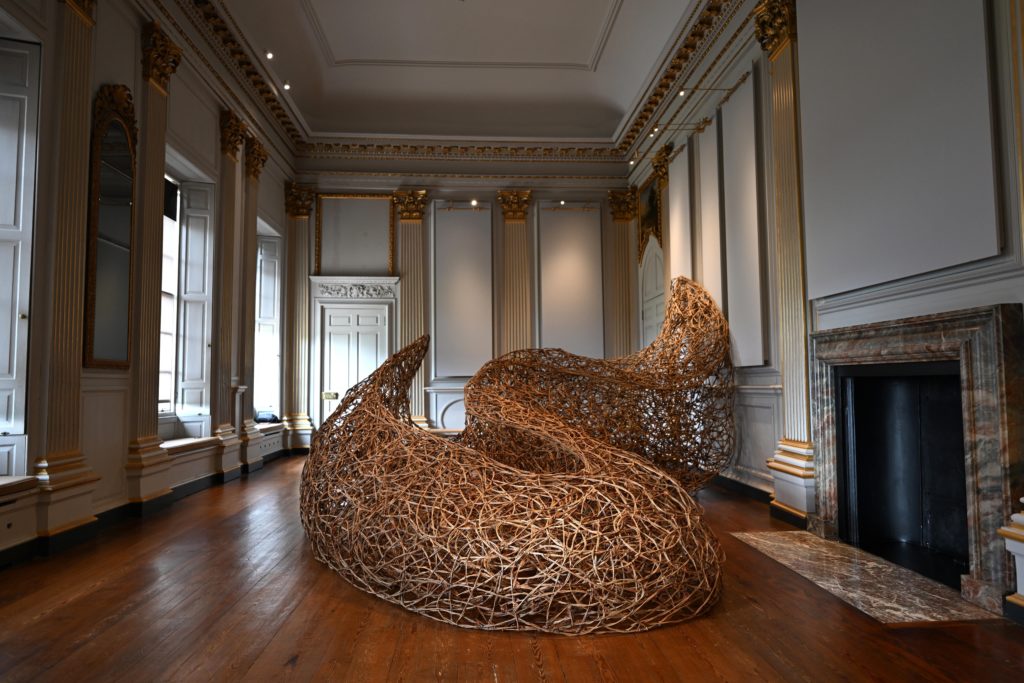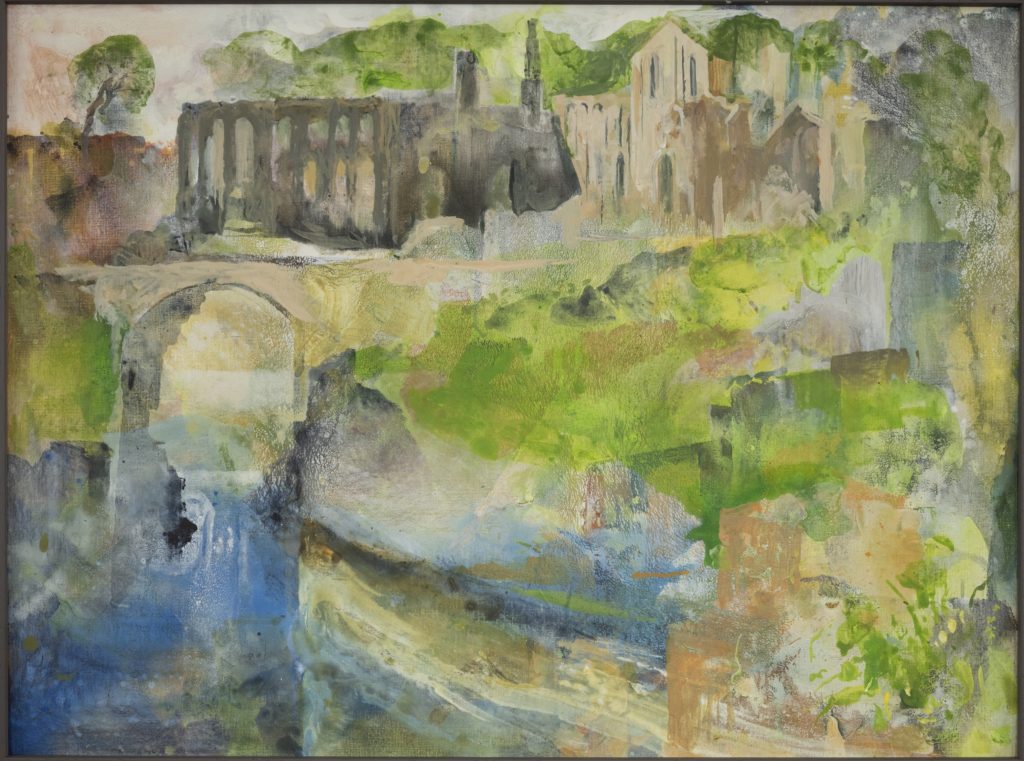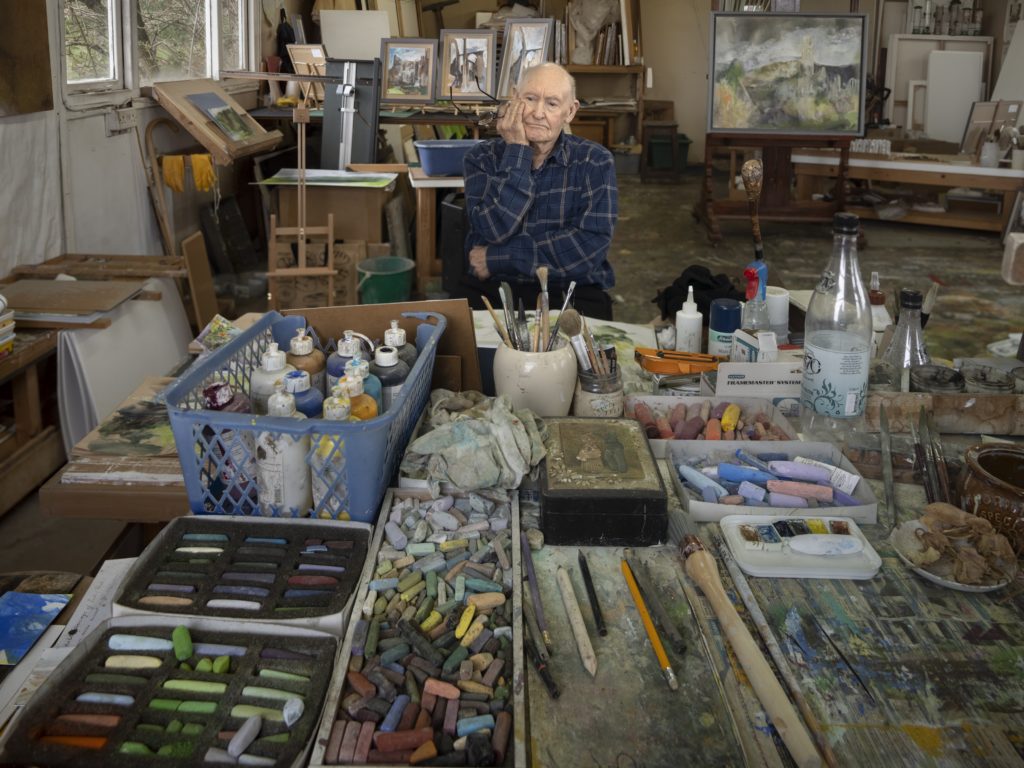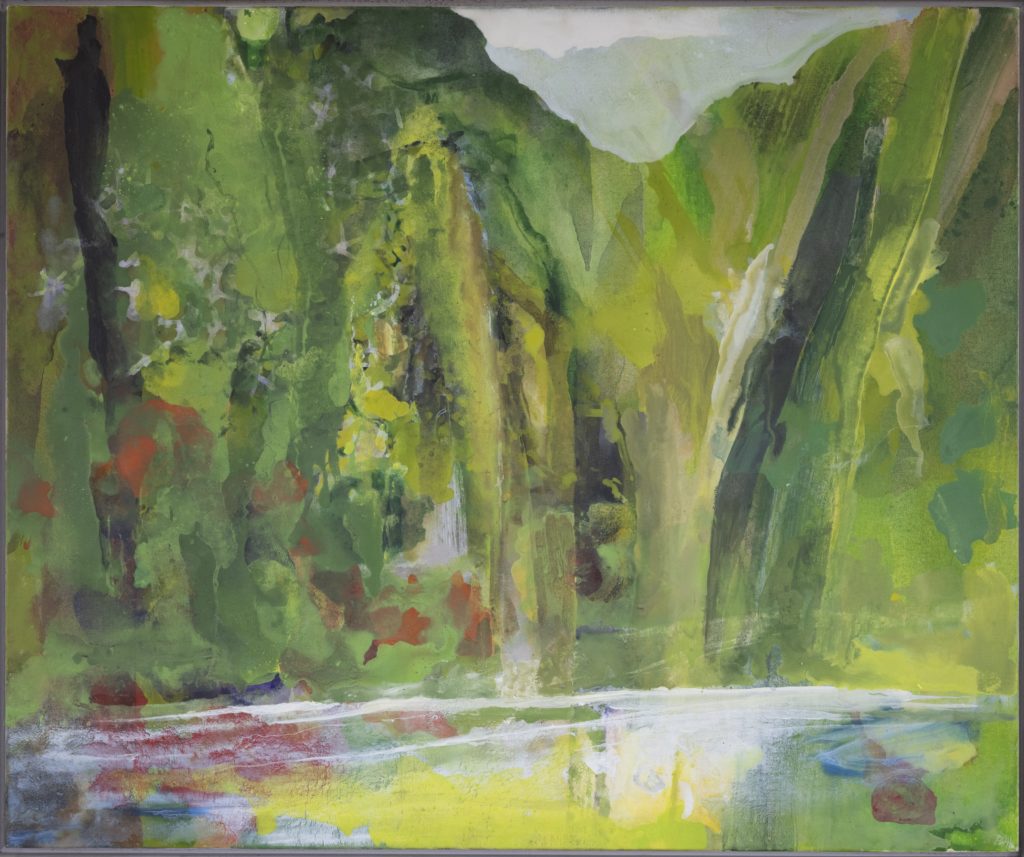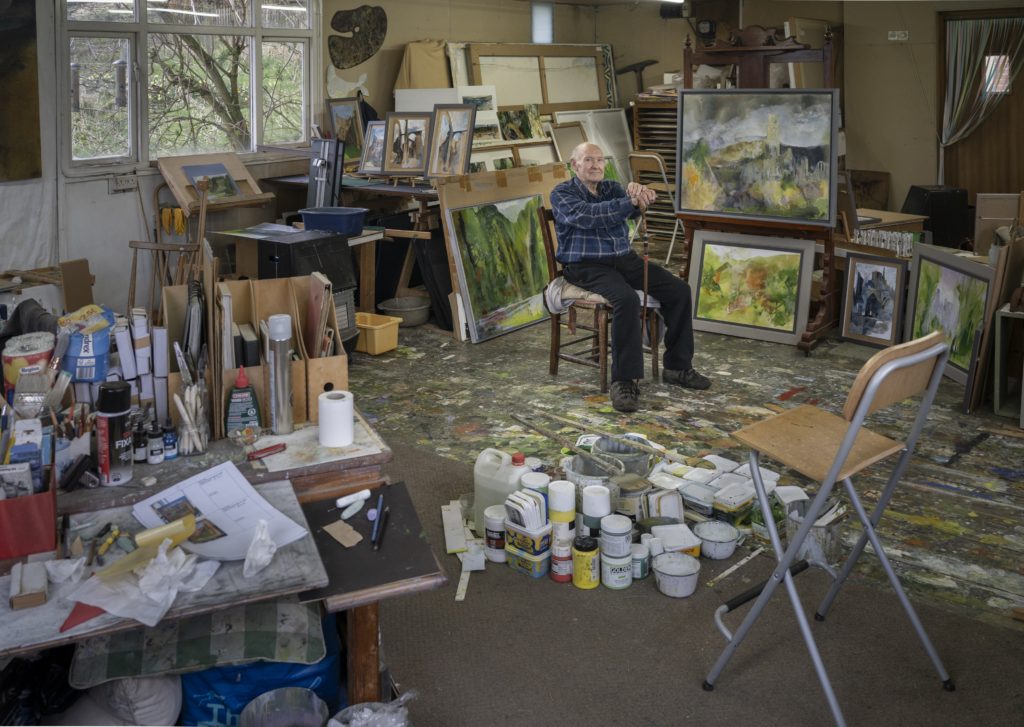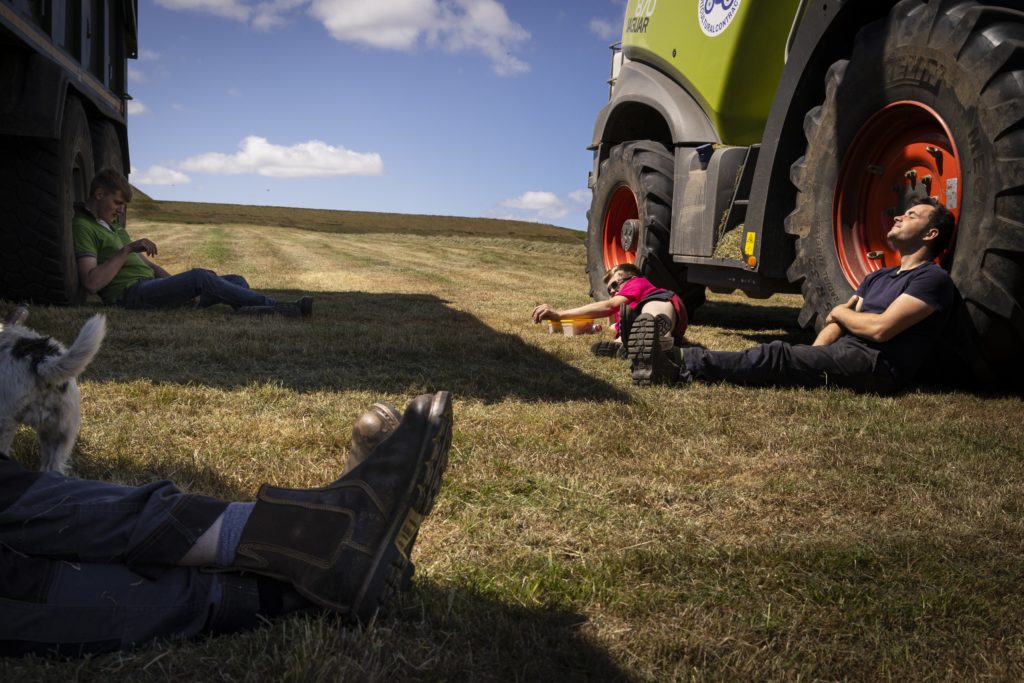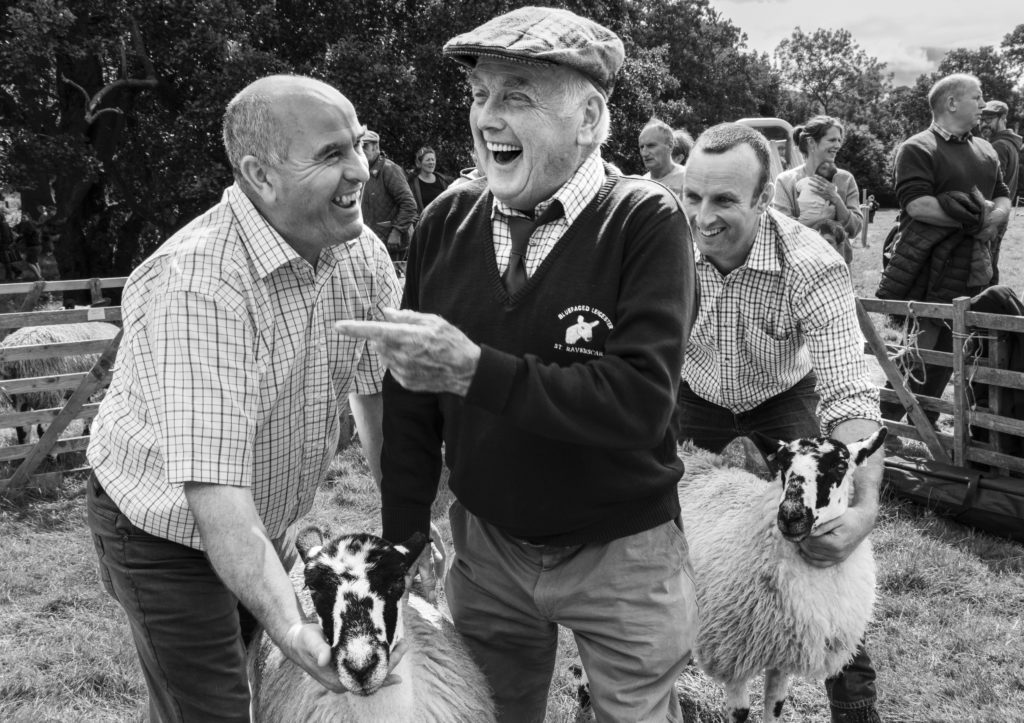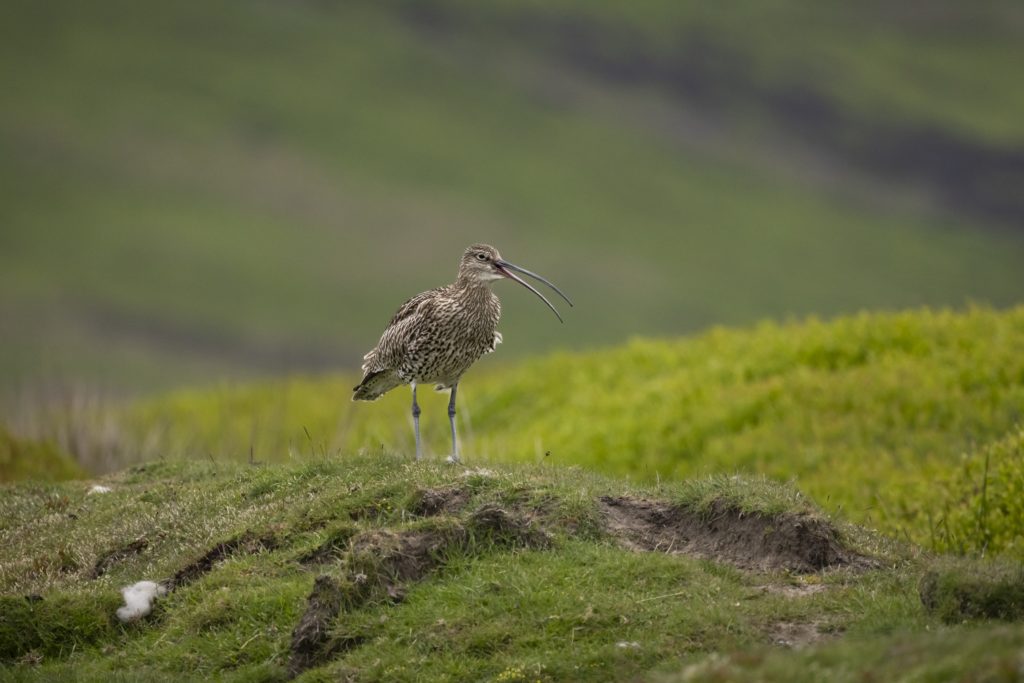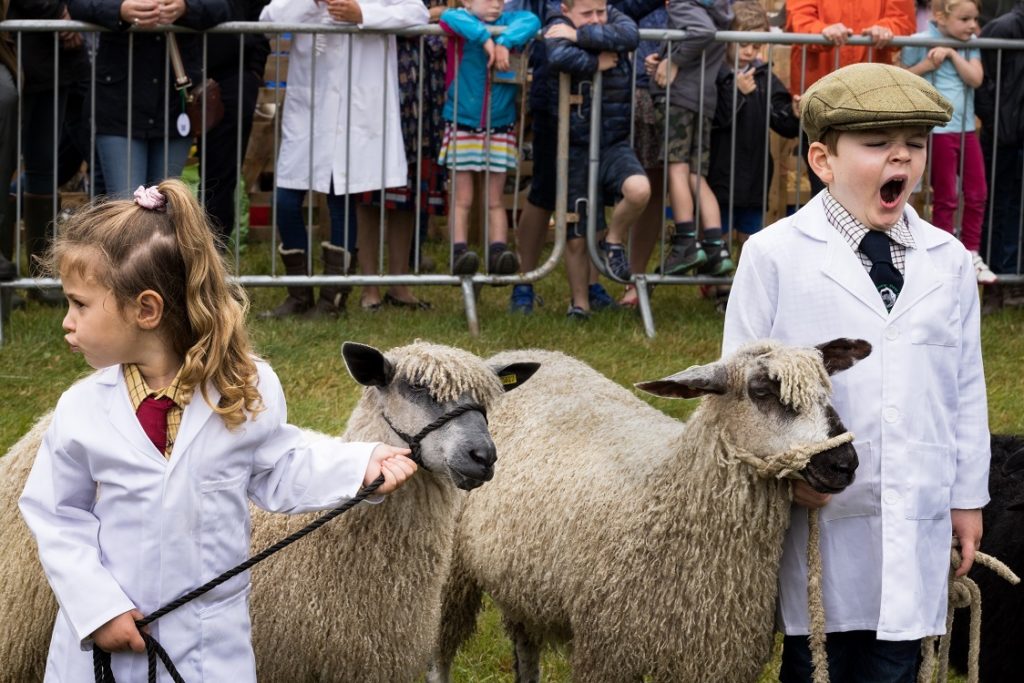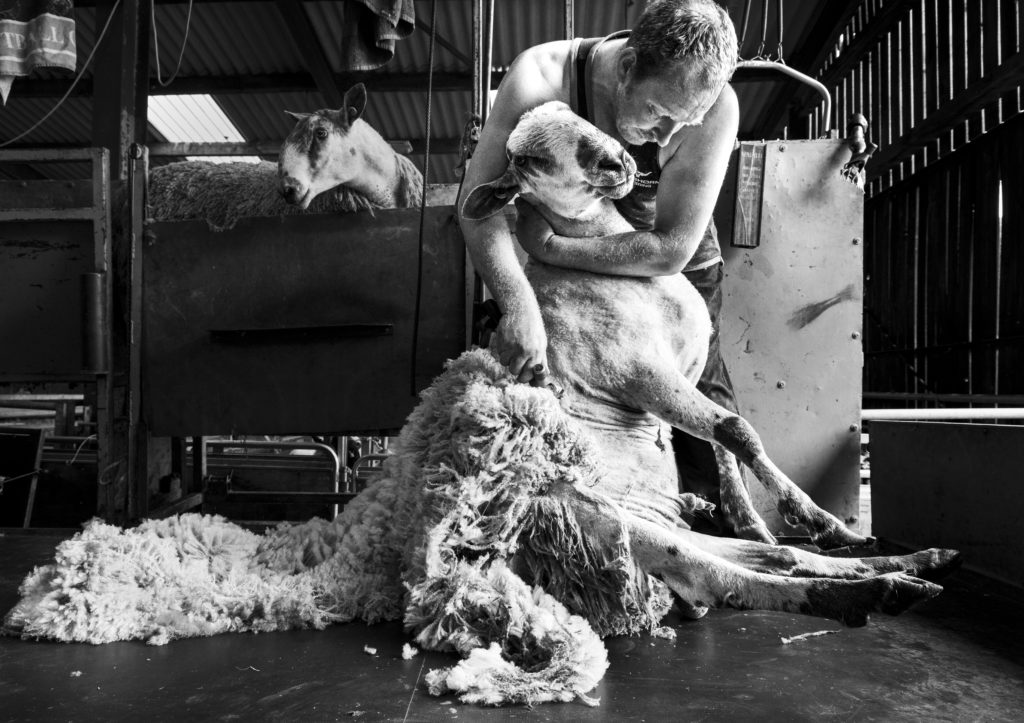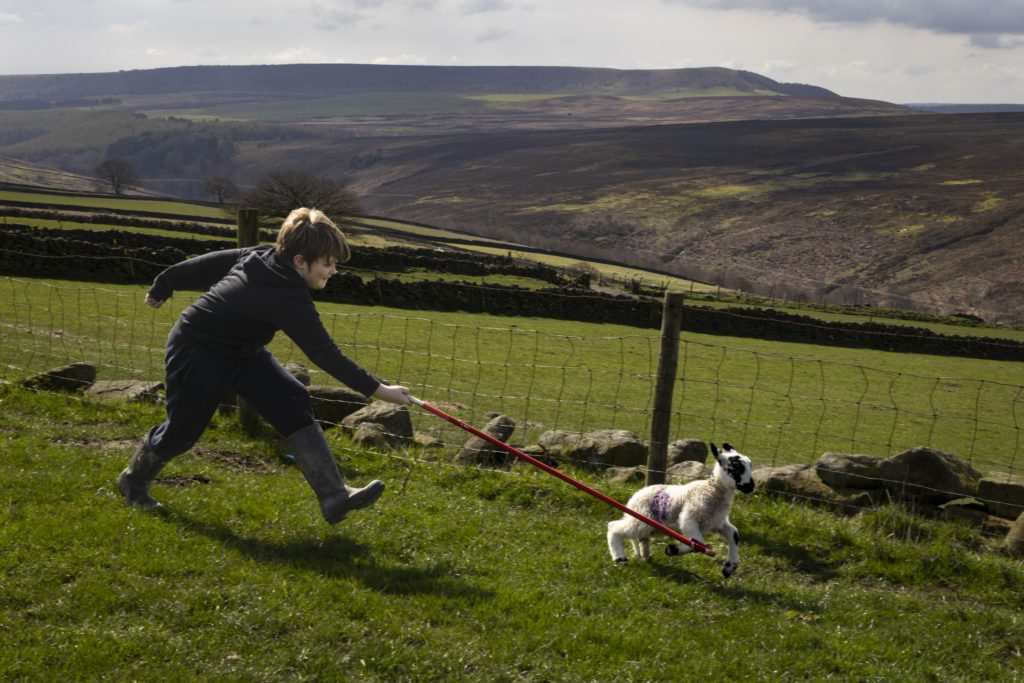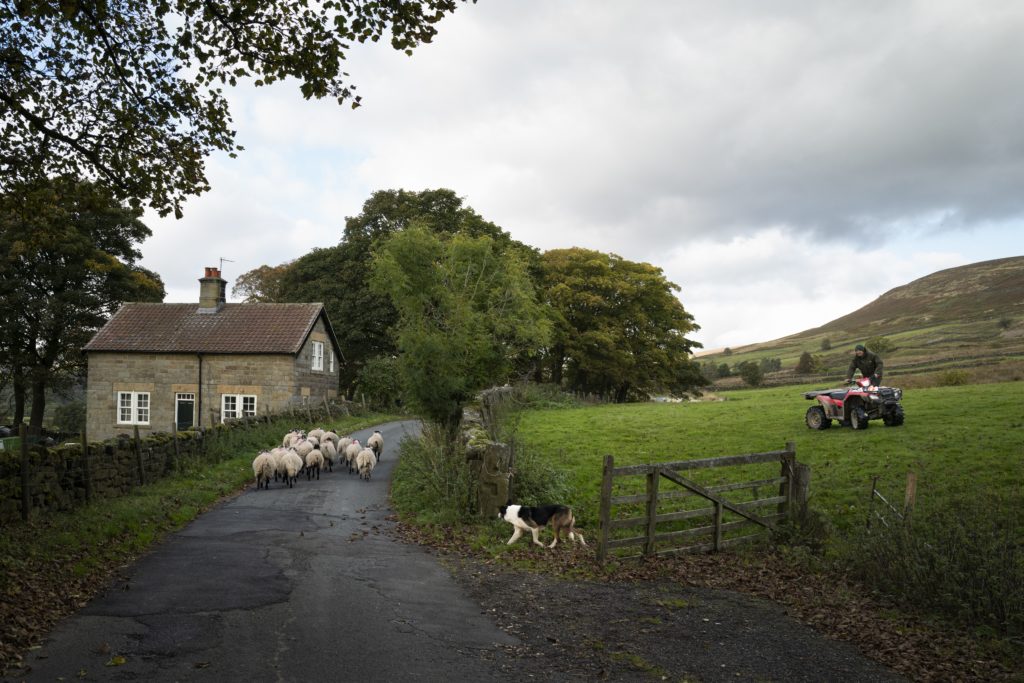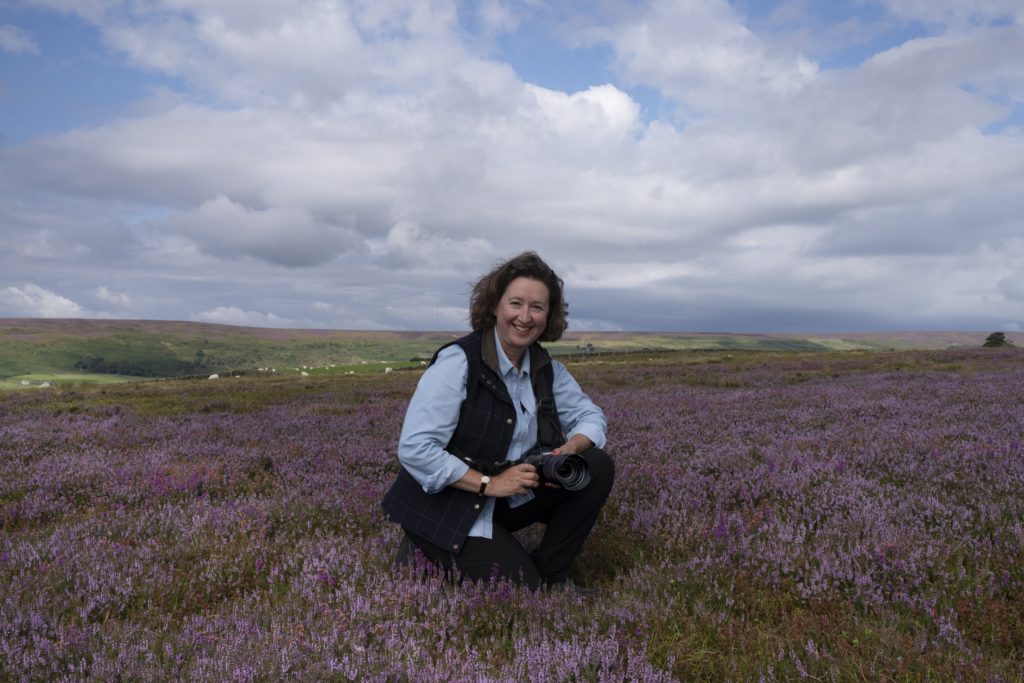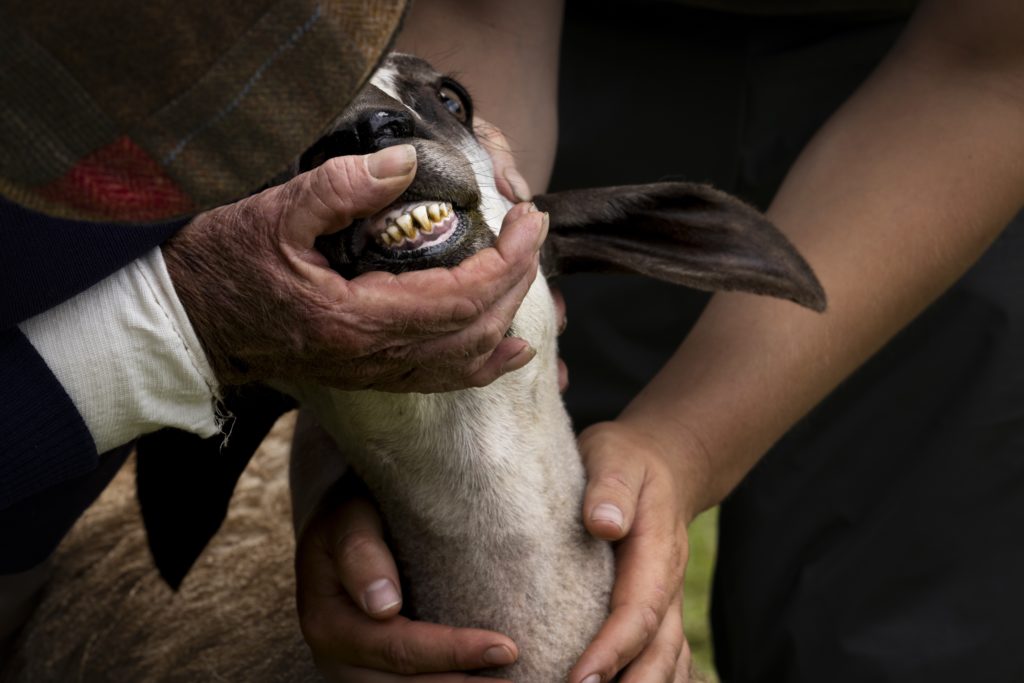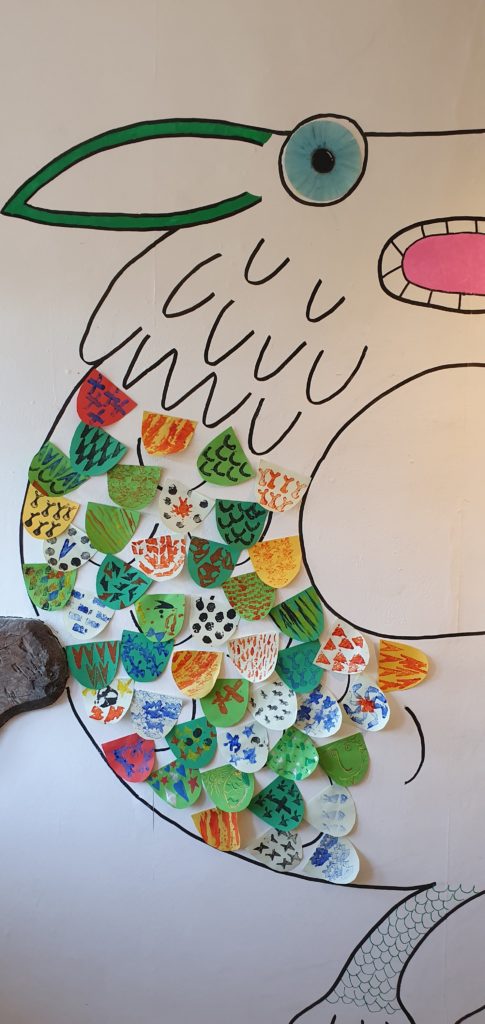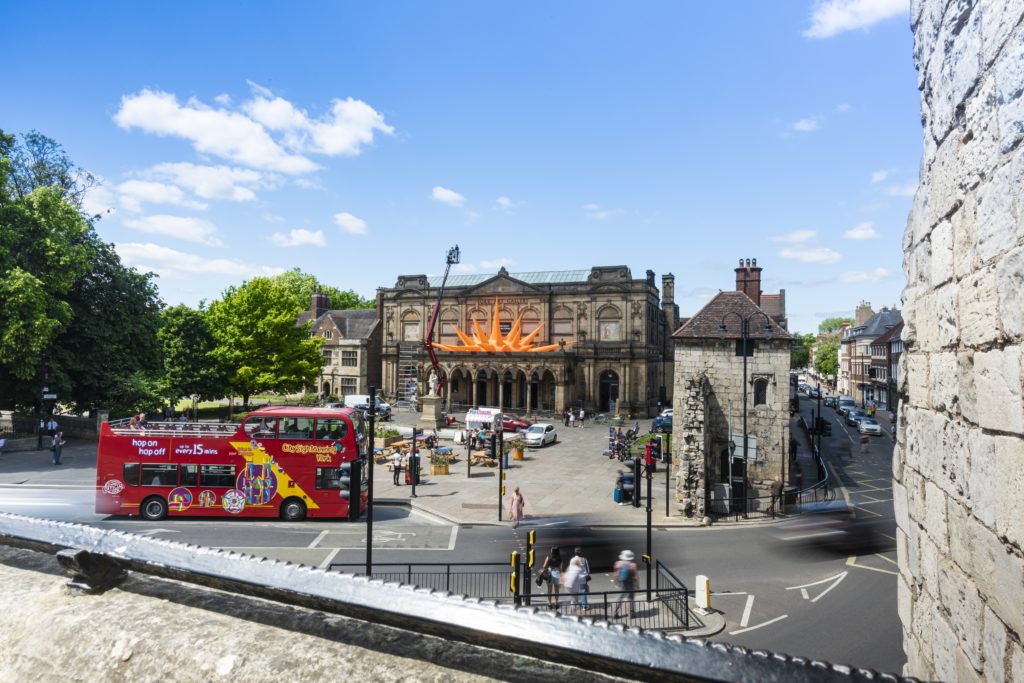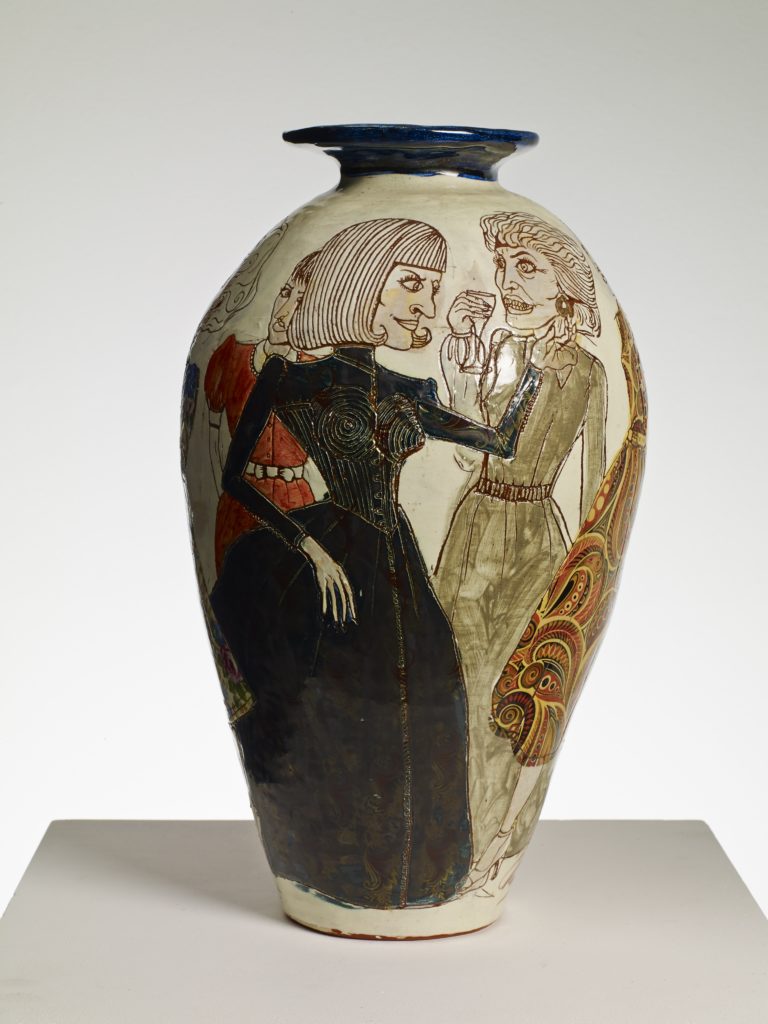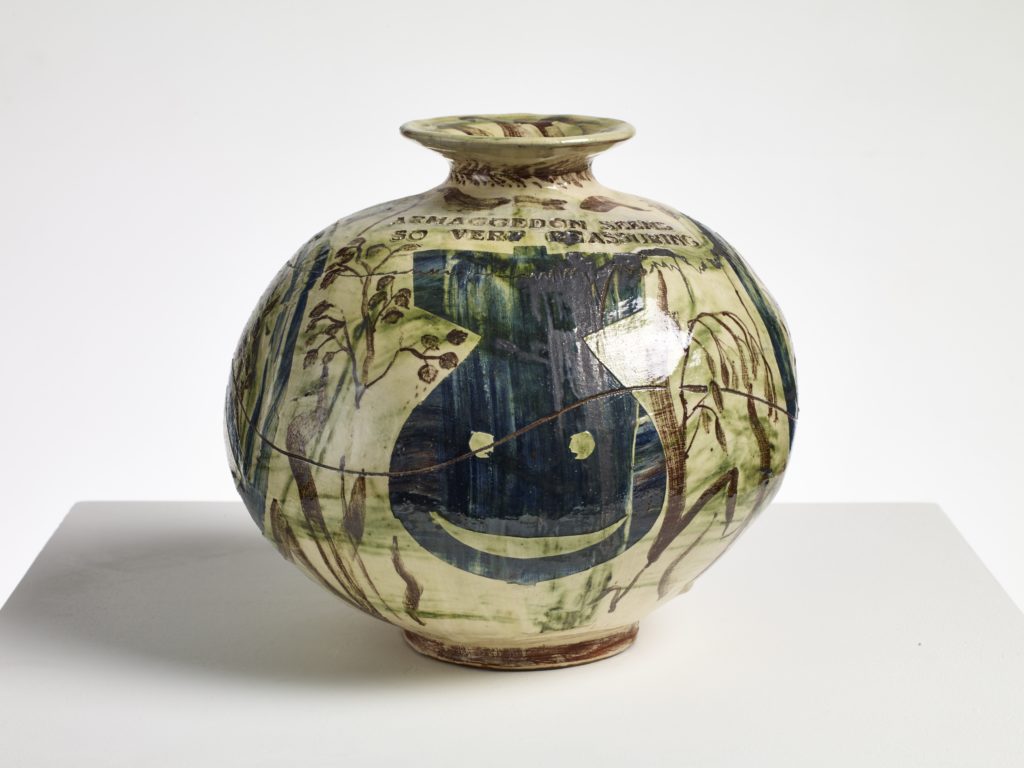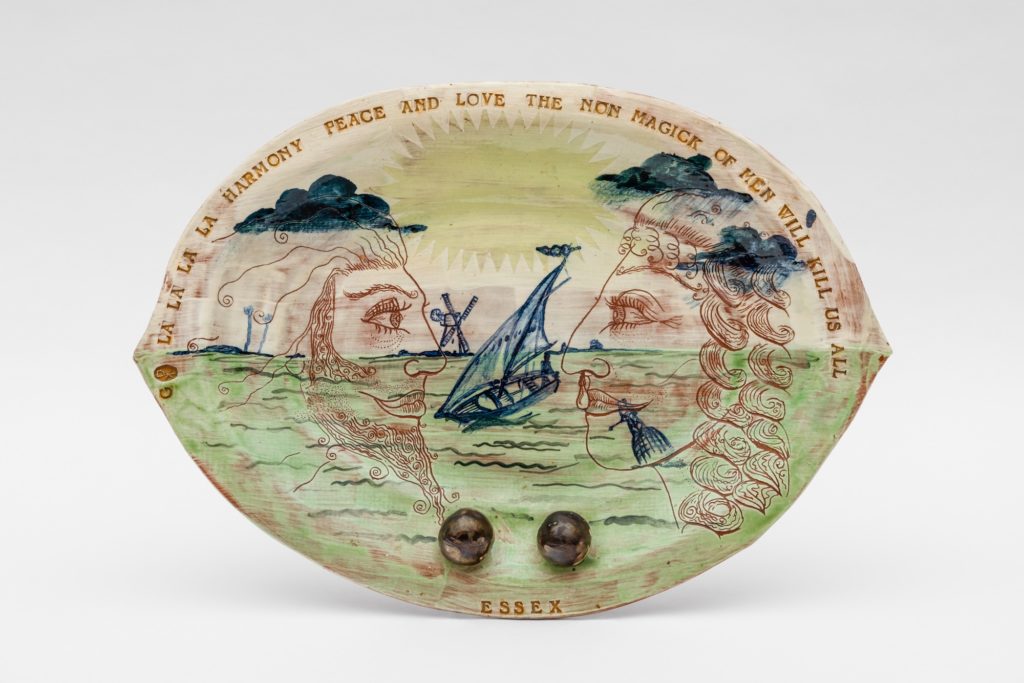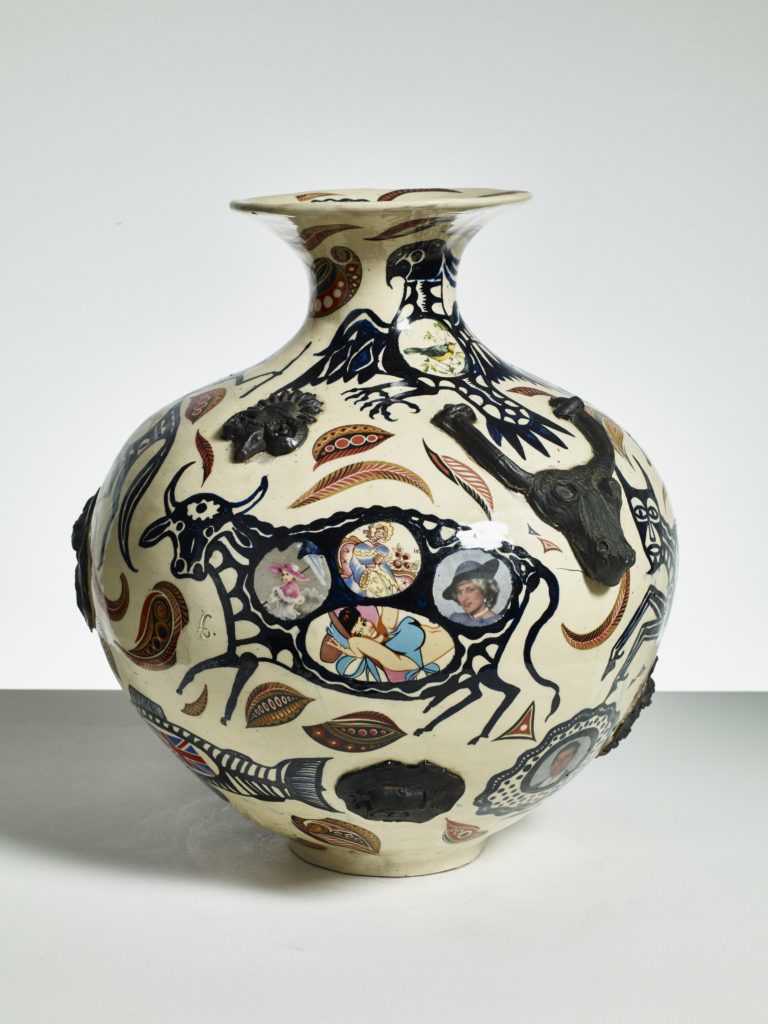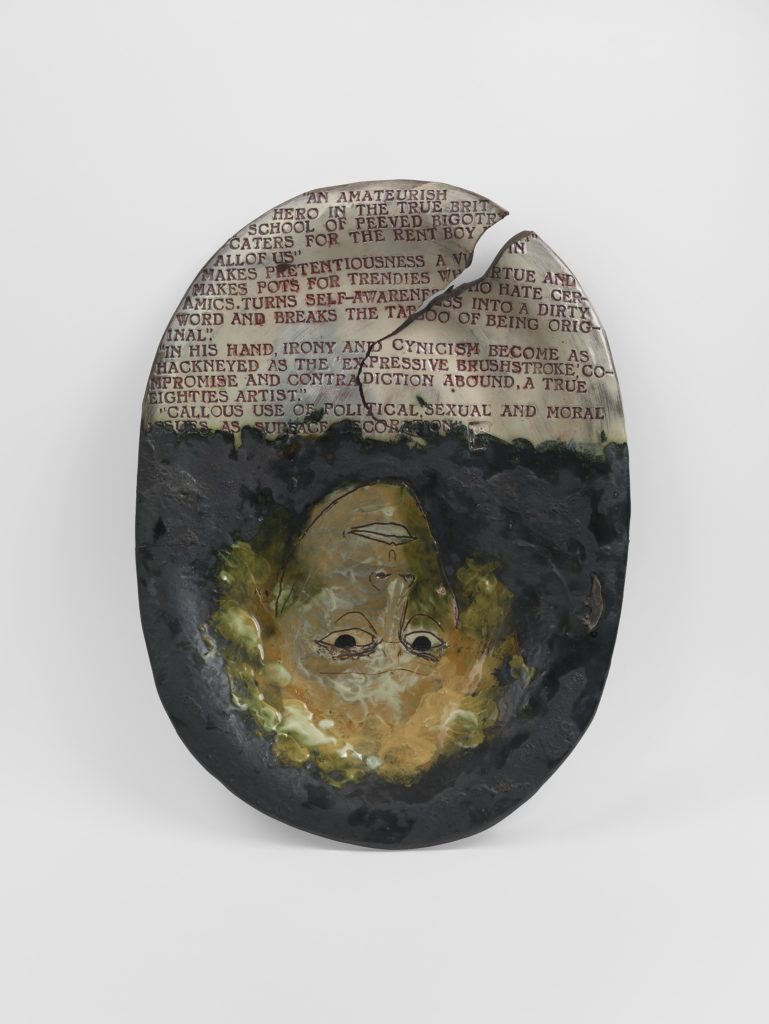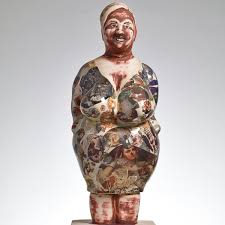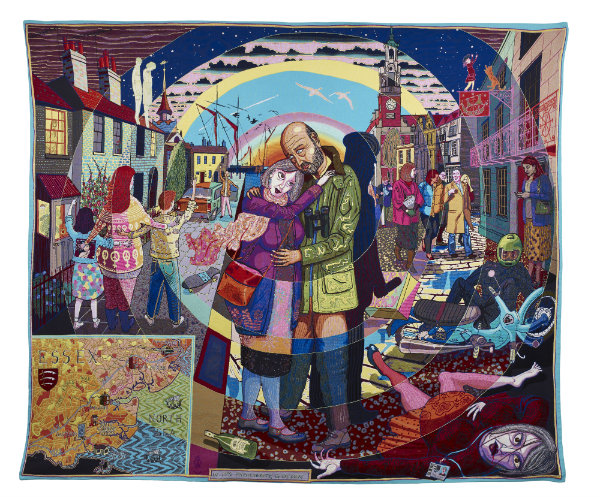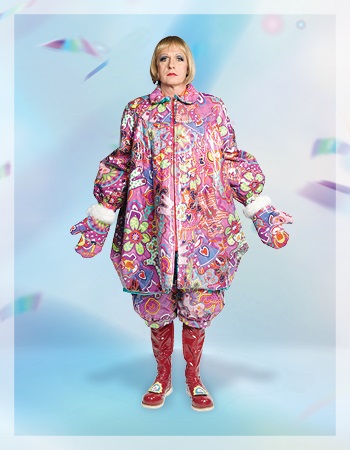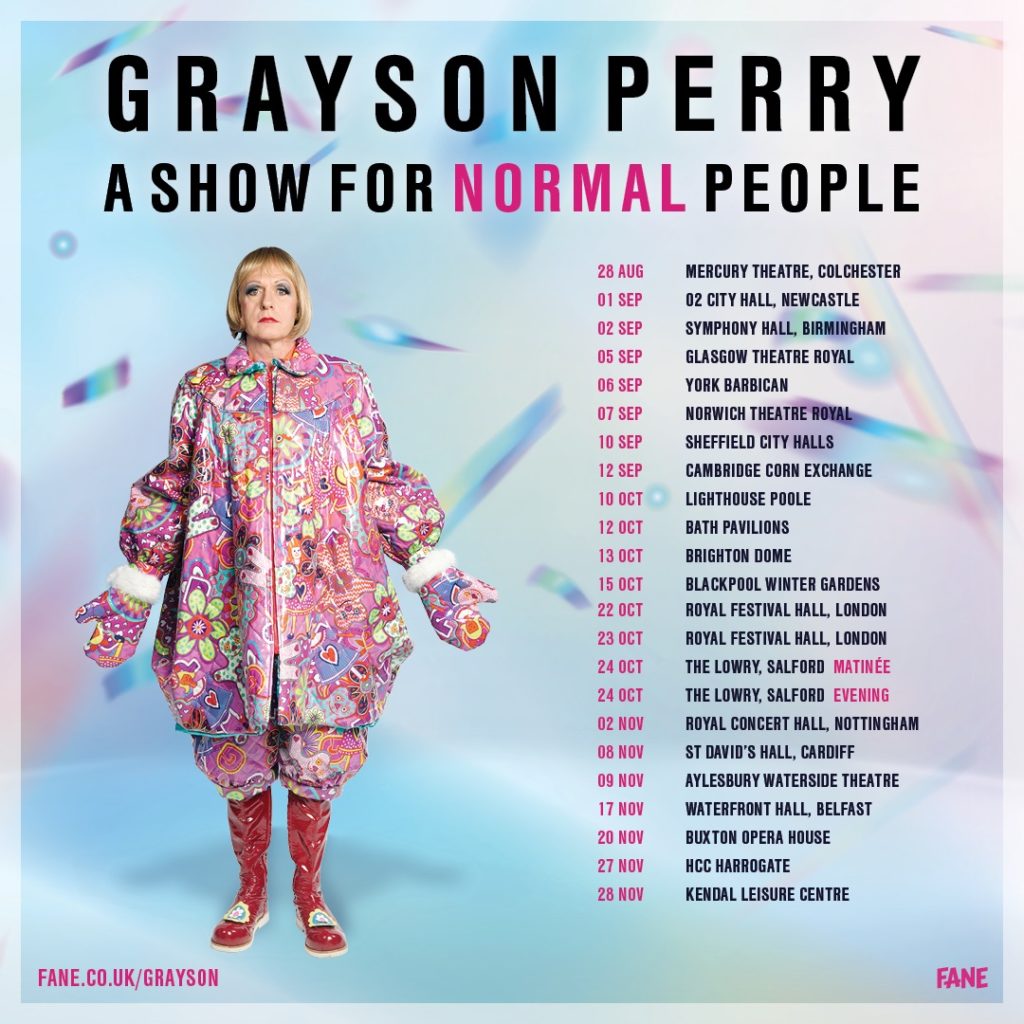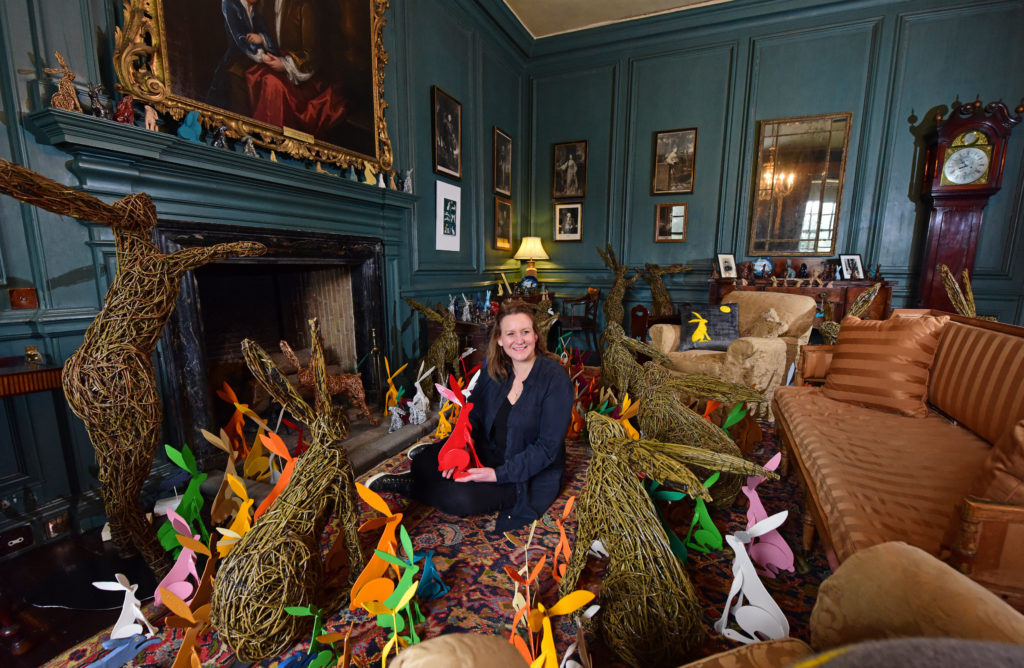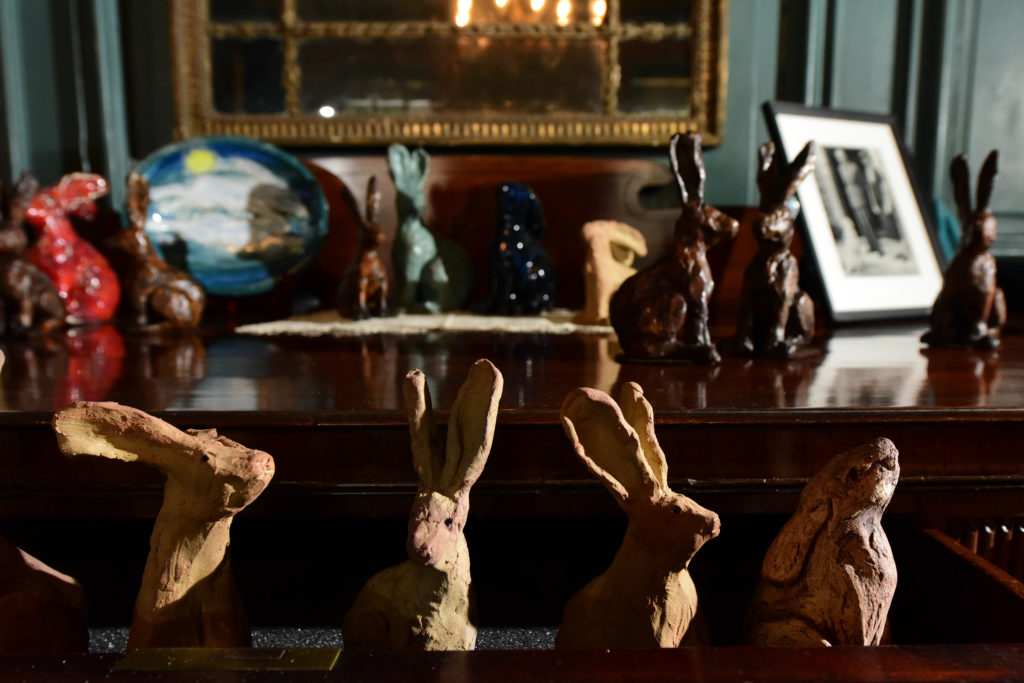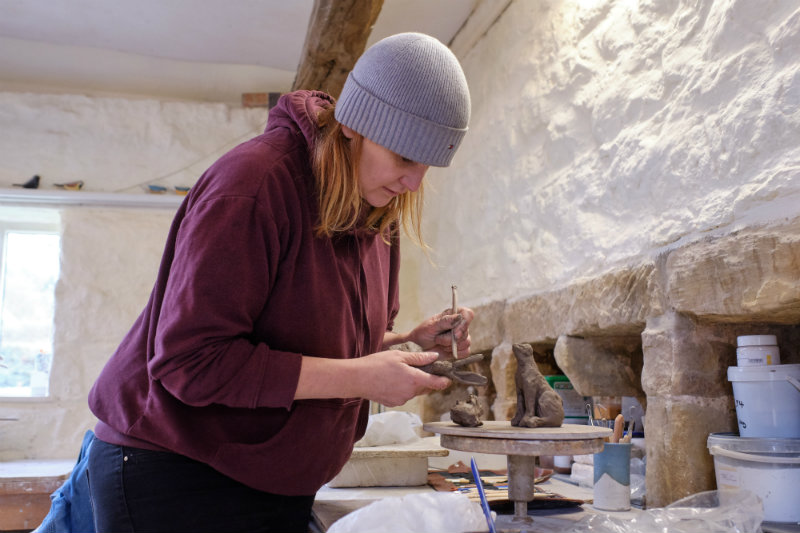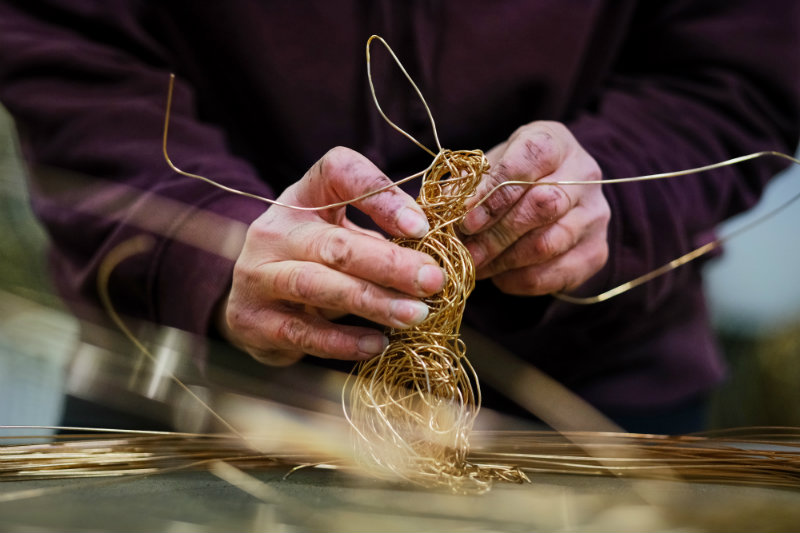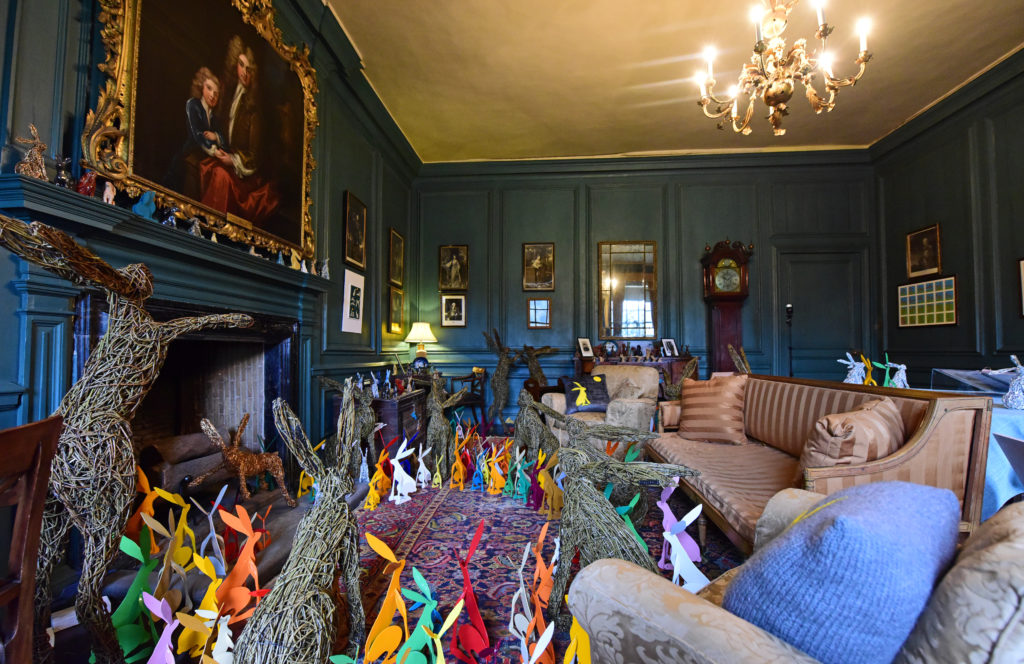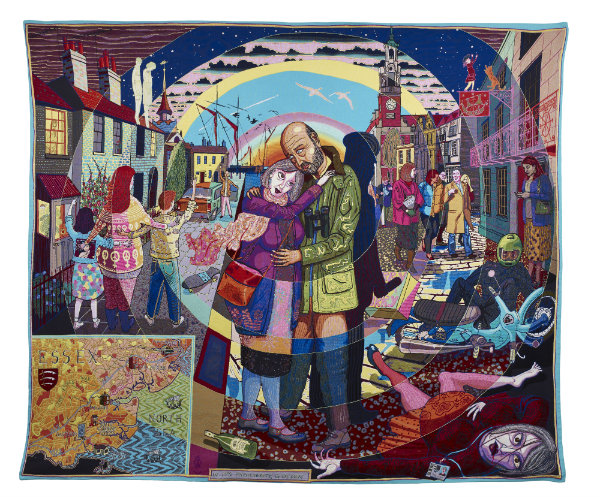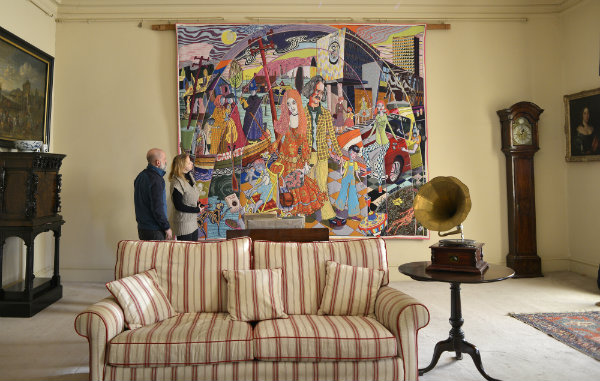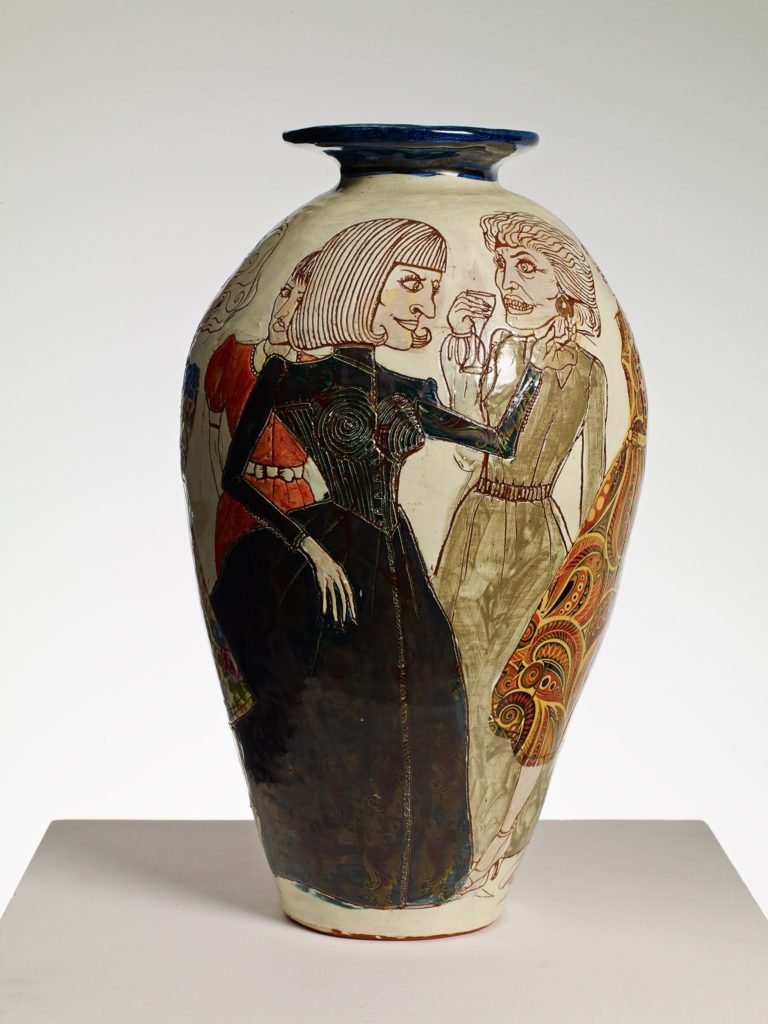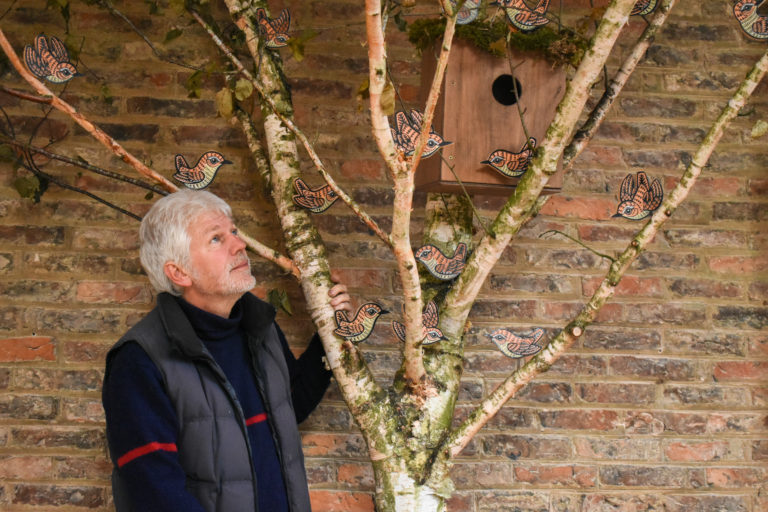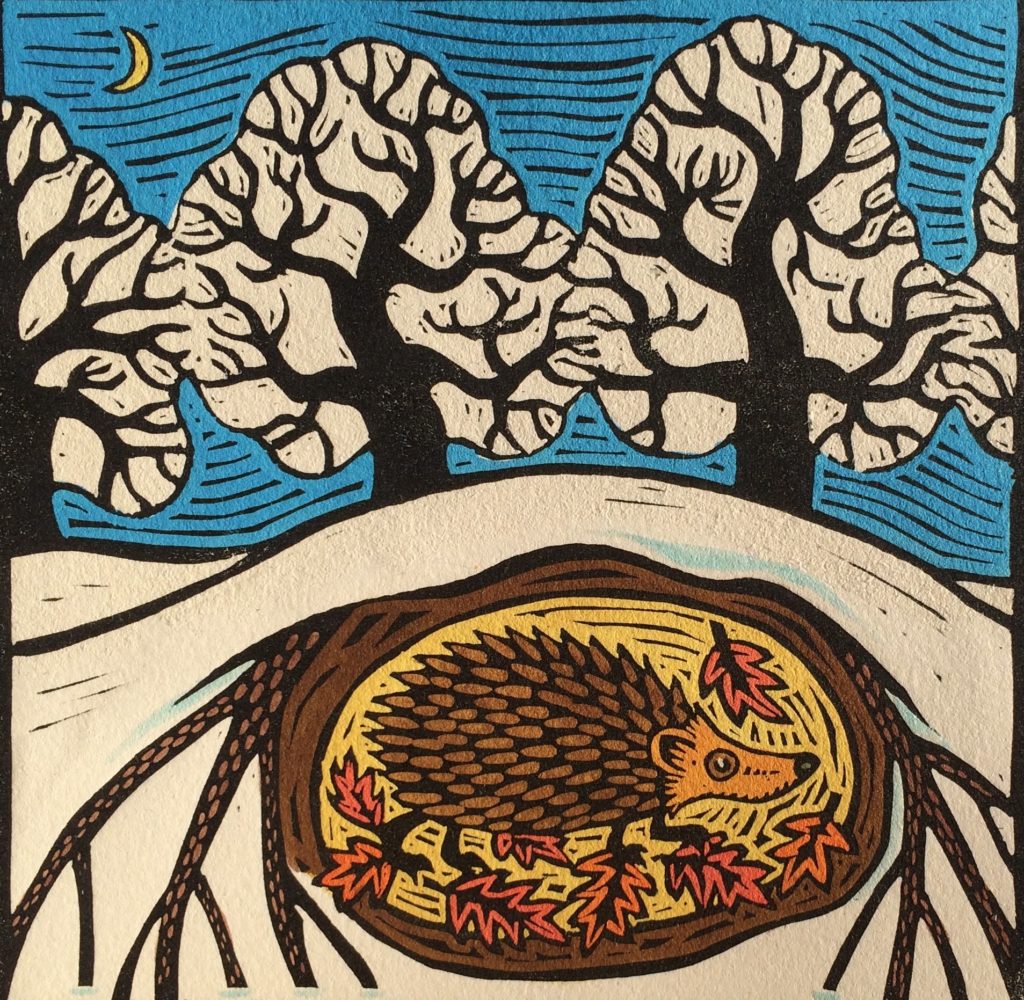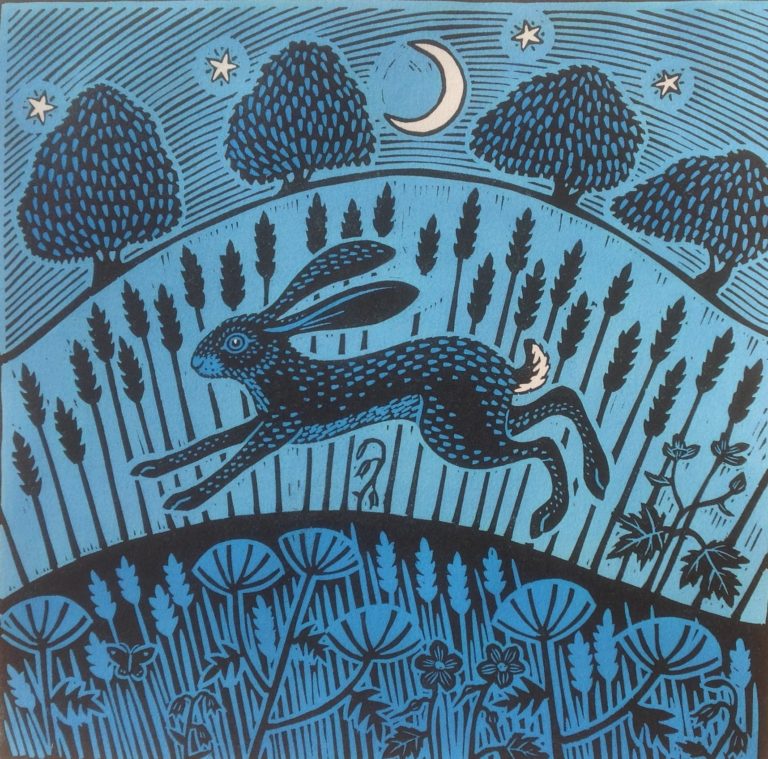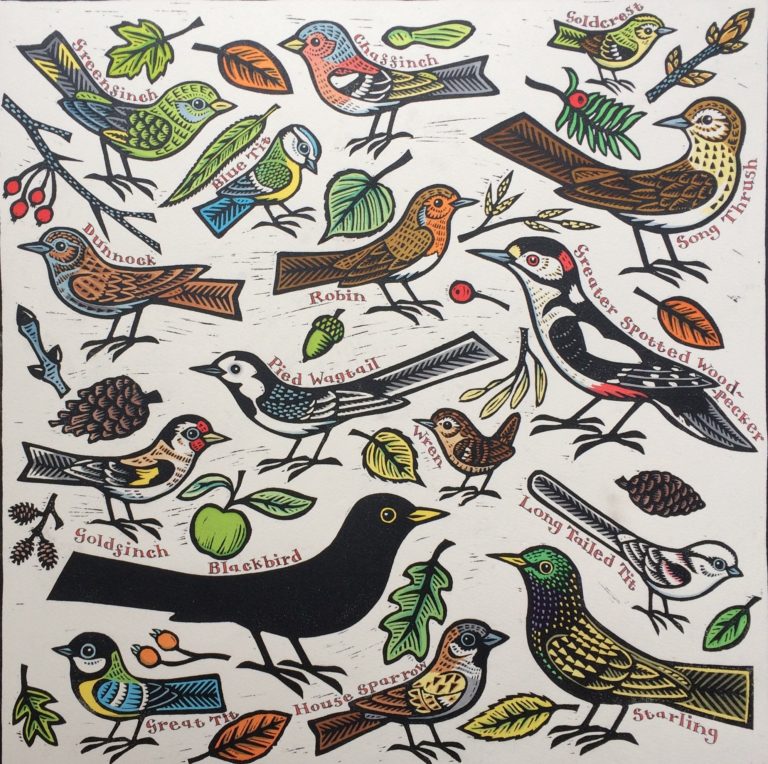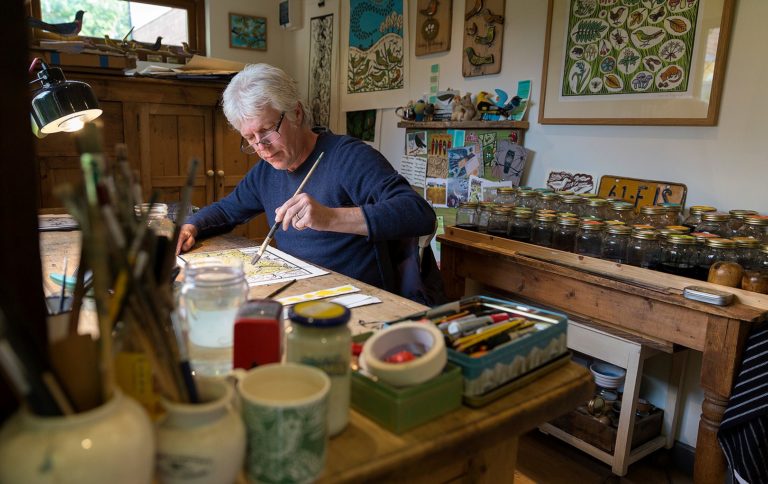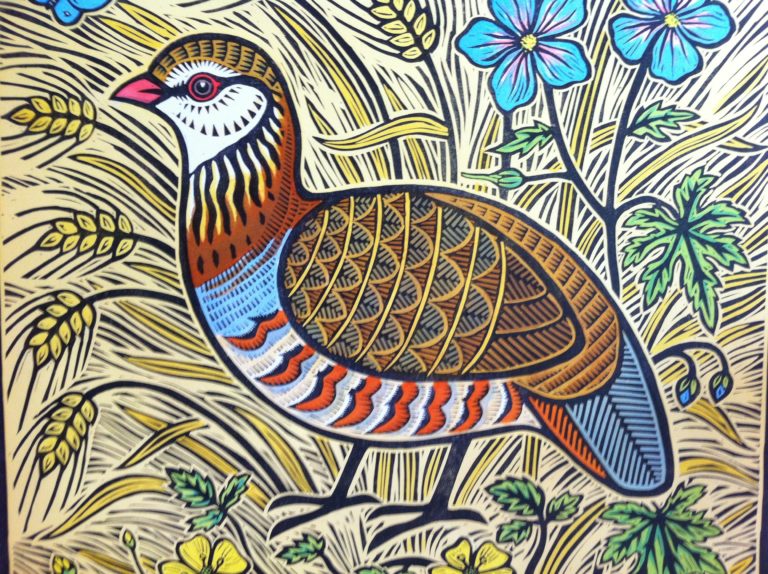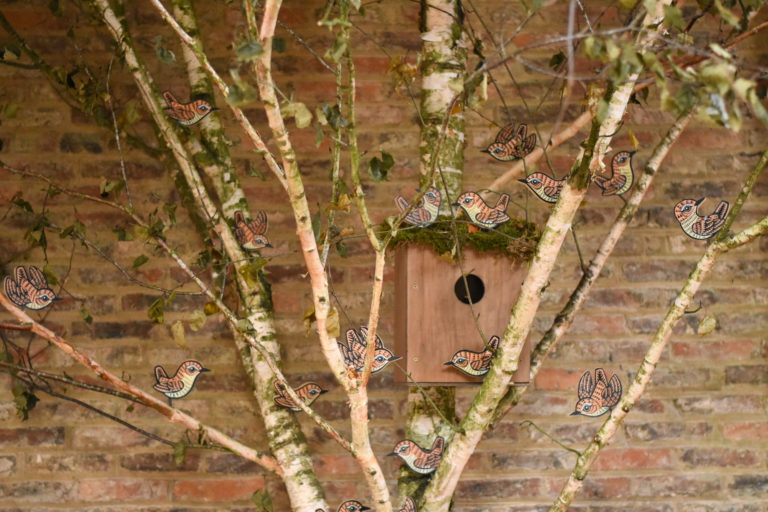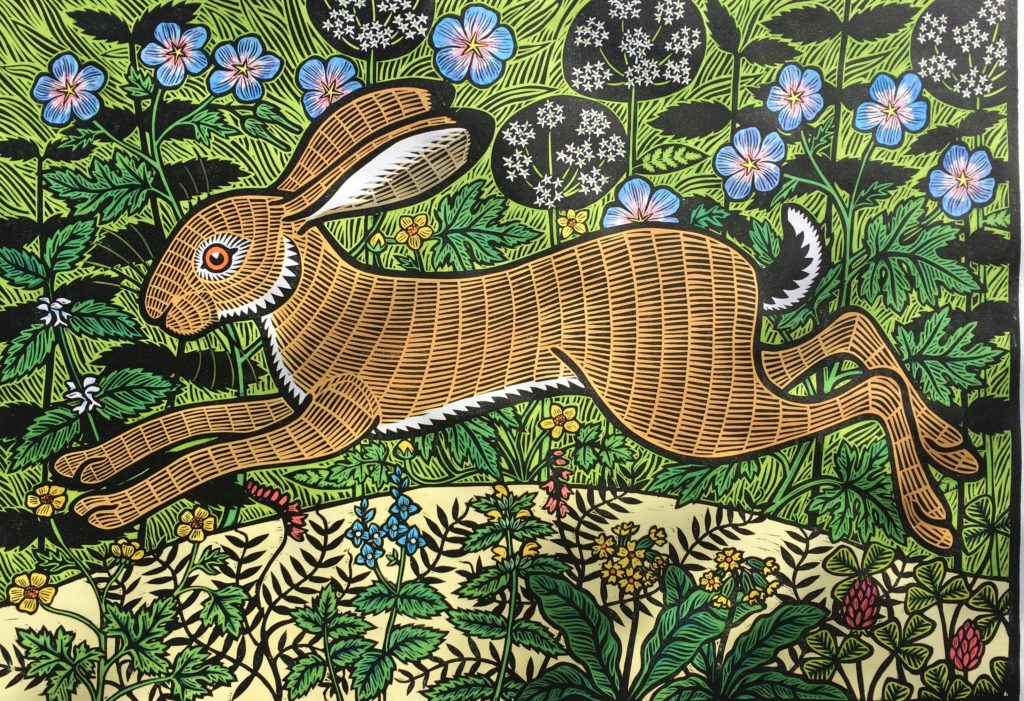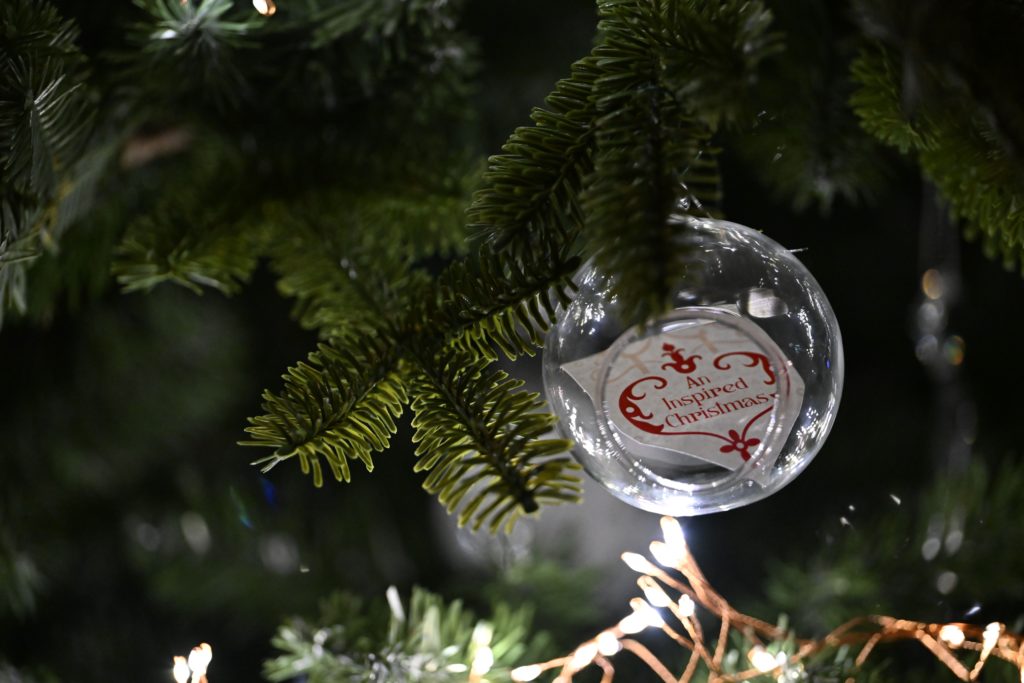
A bauble decoration in An Inspired Christmas at Treasurer’s House, York. Picture: National Trust, Anthony Chappel-Ross
THE National Trust invites festive visitors to experience An Inspired Christmas at Treasurer’s House, in Minster Yard, York, until December 21 – and look out for the kitchen’s trademark Christmas Pudding Scones returning to the cafe menu too.
Nestled beside York Minster, this early 17th-century house has undergone a winter transformation, where stories of its past residents come to life through handcrafted decoration as rooms are re-imagined with festive flair, inspired by the house’s rich history.
“Treasurer’s House has long been more than just bricks and mortar,” reads the National Trust’s Welcome to An Inspired Christmas. “It has been a home, a place of ideas and ambition. Over the centuries, its rooms have echoed with the lives of remarkable individuals who shaped society in ways both bold and quiet.
“This Christmas, we celebrate eight extraordinary former residents whose stories continue to inspire. From writers to thinkers, pioneers and reformers, each has left a legacy that reaches far beyond these walls.
“As you explore the house today, we invite you to walk in their footsteps, discover their impact, and reflect on how the past can illuminate the present.”
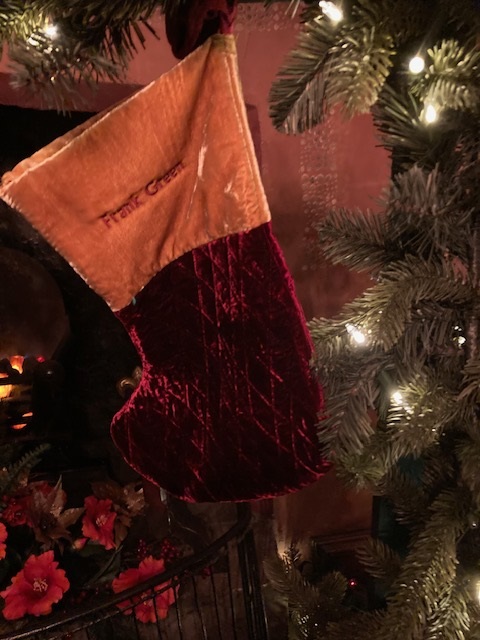
A Christmas stocking decoration in honour of Frank Green at An Inspired Christmas at Treasurer’s House
Each room is styled to reflect the personalities and tales of those who once called Treasurer’s House home, from last occupant Frank Green, the visionary industrialist who gifted the property to the National Trust, to the Young family, Jane Squire, Ann Eliza Morritt, Elizabeth Montague, Sarah Scott, John Goodricke and Royal visitor Queen Alexandra, wife to King Edward VII.
Until 1648, the house was home to the Young family, who are responsible for much of how Treasurer’s House looks today. Thomas Young was Archbishop of York, whose role was to establish the insecure Protestant church in the north for Queen Elizabeth I’s government.
Christmas in the Youngs’ time would have looked very different to how the season is celebrated now, but they shared many similarities, such as games, greenery, jokes and cake.
From 1717 to 1725, Treasurer’s House was owned by Jane Squire at a time when it was unusual for women to own property. During her ownership, she leased the house to Matthew and Elizabeth Robinson, parents of future literary figures Elizabeth Montague and Sarah Scott.
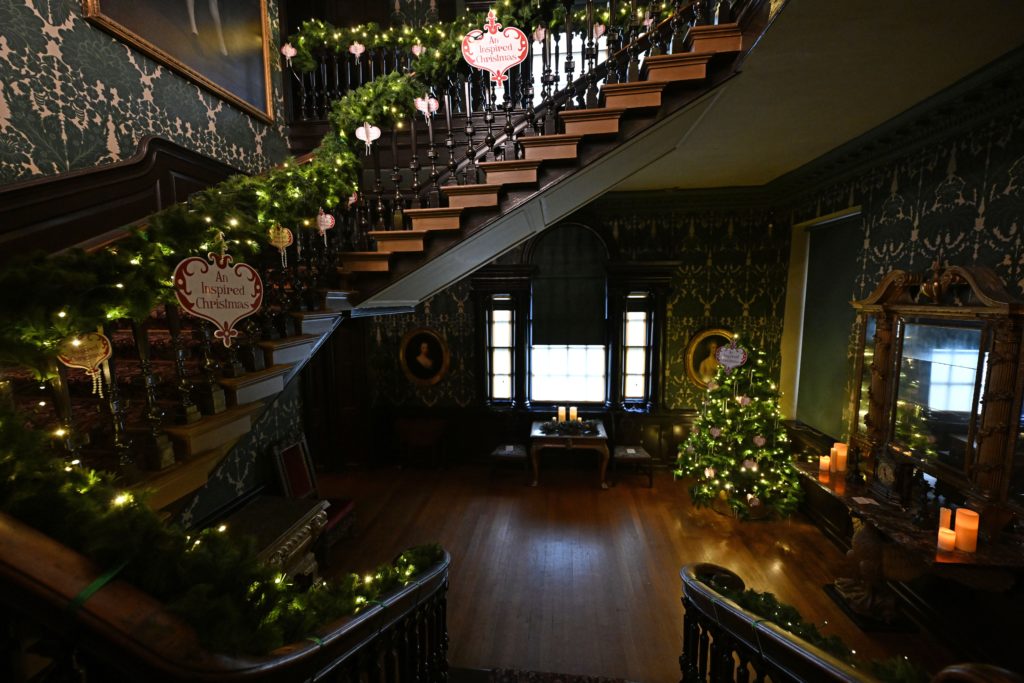
Garlands galore on the stairwell for An Inspired Christmas at Treasurer’s House. Picture: National Trust, Anthony Chappel-Ross
Squire was a pioneering mathematician and the only woman who is known to have submitted a formal proposal to measure longitude at sea accurately (crucial to the success of early 18th century British naval power). Her proposal was “not very practical” but showed the active mind of a woman whose story was one of resilience, curiosity and determination to succeed.
Ann Eliza Morritt’s family owned part of the house from 1725 to 1813. While her parents and brother lived a few streets away, the five Morritt sisters resided here together. Ann Eliza was a talented embroidery artist, copying the artwork of great painters, and her work is still on display at Rokeby Park, near Barnard Castle.
Born at Treasurer’s House, Elizabeth Montague became known as the “Queen of Bluestockings”. She hosted lively gatherings where writers, thinkers and politicians exchanged ideas in an era when women’s voices were often silenced.
A successful businesswoman as well as a patron of the arts, she used her wealth to support literature and social reform. From her York beginnings to the salons of London, her life’s journey stands as a testament to the power of intellect, determination and the courage to defy convention.
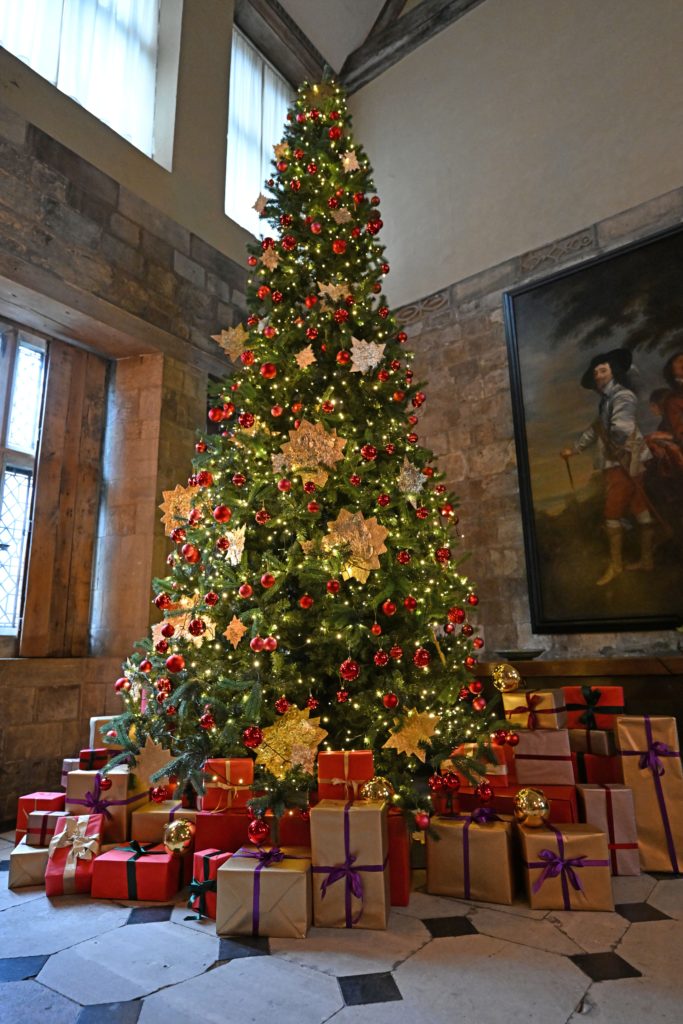
The 18ft Christmas tree for An Inspired Christmas at Treasurer’s House. Picture: National Trust, Anthony Chappel-Ross
Elizabeth’s sister, Sarah Scott, who lived at Treasurer’s House for a time, was a novelist, translator and member of the Bluestocking circle of intellectual women, using her writing to imagine a fairer, more compassionate society.
Her most celebrated work, A Description Of Millennium Hall (1762), told the story of a community where women lived independently, pooling their talents and wealth to support education, healthcare and charitable work.
Scott’s ideas were far ahead of her time. She believed that women could shape society, not only within the home, but also through learning, creativity and collective action. From her years in York, she carried forward a legacy that still informs debates over community, gender and social justice.
From 1781, John Goodricke took up residence at Treasurer’s House, where he would change the course of astronomy forever. Deaf from childhood, in tandem with his friend Edward Piggot, he measured the variation of light from stars that would enable 20th century astronomers to determine distances to distant galaxies.
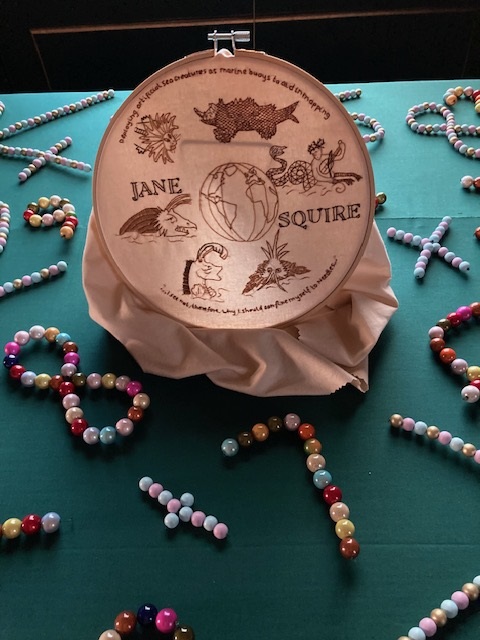
A decorative tribute to mathematician Jane Squire at An Inspired Christmas
He was awarded the Copley Medal, the oldest scientific prized in the world, also bestowed on Benjamin Franklin, Charles Darwin and Albert Einstein.
The stars in the room dedicated to him for this exhibition represent the star Algol, discovered by Goodricke at Treasurer’s House.
Queen Alexandra, King Edward VII’s wife, stayed at Treasurer’s House in 1900 when she was still Princess of Wales, on a visit to the Royal Agricultural Show, held in York. Alexandra, from Denmark, was hard of hearing, so she was accompanied by her daughter Victoria, known to be dignified and charming, affectionate and jolly, with a love of skating too, much to her mother-in-law Queen Victoria’s disapproval.
On her visit, she found Treasurer’s House uncomfortable, so there are comforting reminders in Queen Alexandra’s Room of a traditional Danish Christmas, such as the works of Hans Christian Andersen, who would read stories to Alexandra and her siblings in Copenhagen, Snow Queen among them.
Visitors can explore at their own pace, soaking in the ambience of period rooms adorned with bespoke festive décor, much of it created lovingly by National Trust volunteers, along with other rooms decorated by two community groups, MySight York knitting group and York Central Women’s Institute, whose founding meeting was held at Treasurer’s House.

Got it taped: An unusual Christmas tree decoration at Treasurer’s House
“Christmas at Treasurer’s House is always a special time, but this year we’ve gone even further to bring the stories of the house to life through the decorations,” says visitor experience officer Edward Walker.
“Each room tells a different tale thanks to the creativity of the volunteers, local community groups and artists. If you’re looking to get into the festive spirit, it’s the place for you; if you want to uncover pockets of history or something new alongside candles and trees, it’s also for you.”
Edward continues: “My personal favourite space is the Queen’s Room, where we’re representing Hans Christian Andersen. We’re celebrating a royal visit to Treasurer’s House, plus the author who used to be invited to the Danish palace to read to the young princesses.”
Back by popular demand are the Christmas Pudding Scones, among many seasonal treats. This scone was invented in the Treasurer’s House kitchen, following a competition for visitors to suggest new flavour ideas.

The Scone Blogger voted it her top scone, and she should know as she travelled the country to sample from every National Trust café. For five weeks only, the team will be baking freshly each day; just follow your nose!
For younger visitors, a spotter trail features handcrafted stained-glass stars, created by artist Megan Barnett from York company Woodside Stained Glass.
On Tuesdays, you can watch the conservation team showcase their work caring for the Treasurer’s House collection. From 2pm on Wednesdays, lights will be switched on, music turned off and shutters opened for visitors who prefer a lighter and quieter Christmas.
The Minster Minstrels, young York musicians from the National Centre for Early Music, Walmgate, will perform in the Great Hall on Sunday, December 7, adding a joyful sound throughout the house in 30-minute sets at 12.30pm and 2pm. Each will offer different songs from a changing group of musicians.
An Inspired Christmas at Treasurer’s House, York, runs until December 21, open Saturday to Wednesday, 11am to 4pm, last entry 3.30pm. No booking is required, with free entry for National Trust members and under-fives. For further details visit https://www.nationaltrust.org.uk/treasurershouse.
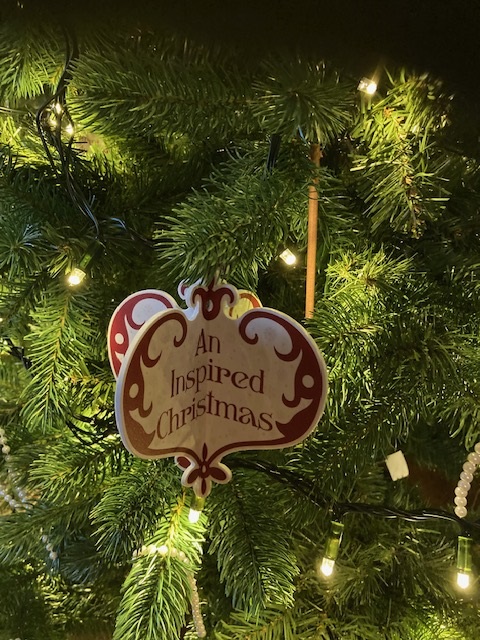
Tree decoration at An Inspired Christmas at Treasurer’s House, York

